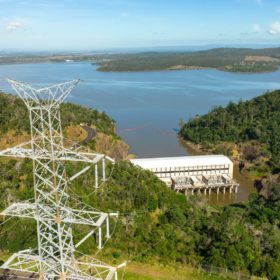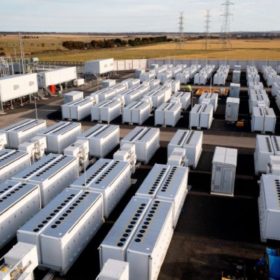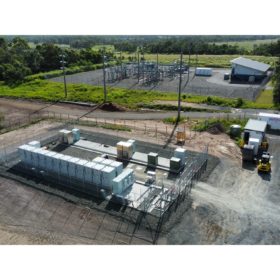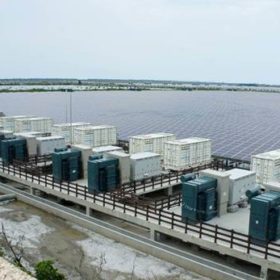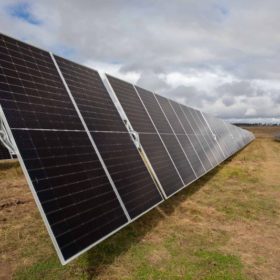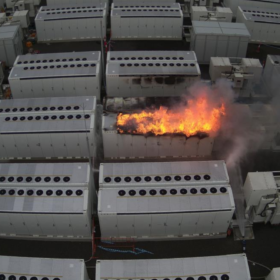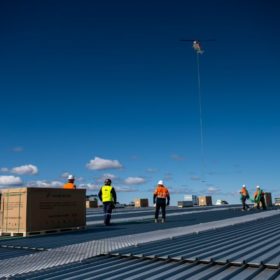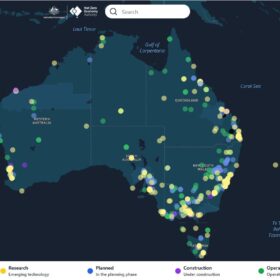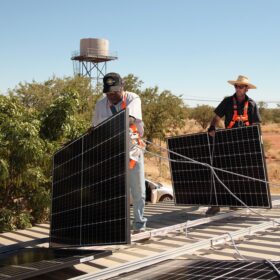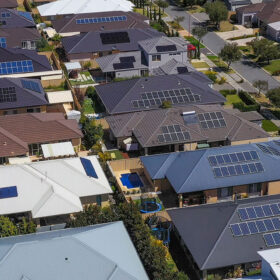Queensland announces ‘biggest pumped hydro scheme in the world’
Queensland Premier Annastacia Palaszczuk has launched a $62 billion energy and jobs plan, which includes the biggest pumped hydro scheme in the world. The government is also planning to convert publicly owned coal-fired power stations into clean energy hubs from 2027.
Retailer secures $150 million expansion investment from South Korea
Hanwha Energy Australia, owner of retail energy business Nectr, has secured $150 million in investment to fast track its Australian growth, including deploying VPPs and developing utility-scale generation projects.
Edify wins government grid forming battery contract as Victoria pushes storage
Edify Energy has been awarded the contract to deliver a grid forming, lithium-ion big battery in Victoria, which will provide system support services for Victoria Murray River Renewable Energy Zone and contribute to the state’s new storage targets.
Victoria targets 6.3 GW of renewable storage by 2035
Victoria’s Labor government this morning announced it will target 2.6 GW of renewable energy storage capacity by 2030, and 6.3 GW by 2035.
Queensland charges ahead with big battery rollout
A new $8 million large-scale, network-connected battery at Tanby on Queensland’s Capricorn Coast is expected to help facilitate the continued integration of renewables, including rooftop solar PV, into the state’s energy system.
Taiwan’s largest battery comes online
United Renewable Energy has energised a 15 MW/15 MWh battery energy storage system connected to a 150 MW solar park located near the southern Taiwanese city of Tainan.
ACEN adds $140 million to support 20 GW portfolio strategy
ACEN Australia declared the first stage of the 720 MW New England Solar Farm is on track to commence commercial operations in 2023 while announcing it has secured a $140 million loan agreement that will help grow its renewables capacity in the Asia-Pacific region to 20 GW by 2030.
Fire at PG&E’s Tesla battery in California is now under control
A Tesla Megapack battery caught fire at PG&E’s Elkhorn large-scale battery storage facility in Monterey County, California, in the early hours of Sept. 21. The fire was brought fully under control by the late afternoon, and its cause is under investigation.
Work begins on Australia’s largest rooftop solar PV build
Renewable energy investment fund Solar Bay and logistic company Logos have commenced construction of Australia’s largest roof-mounted solar PV system, airlifting in the first of more than 120,000 solar panels that will be installed atop an 800,000sqm industrial warehousing facility in south-western Sydney.
Alinta gives green light for WA solar and battery project
Power utility Alinta Energy expects work on a 45 MW solar farm and 35 MW battery energy storage system planned for Western Australia’s Pilbara region to commence before the end of the year following the signing of a large-scale renewable power purchase agreement with international mining giant BHP.
